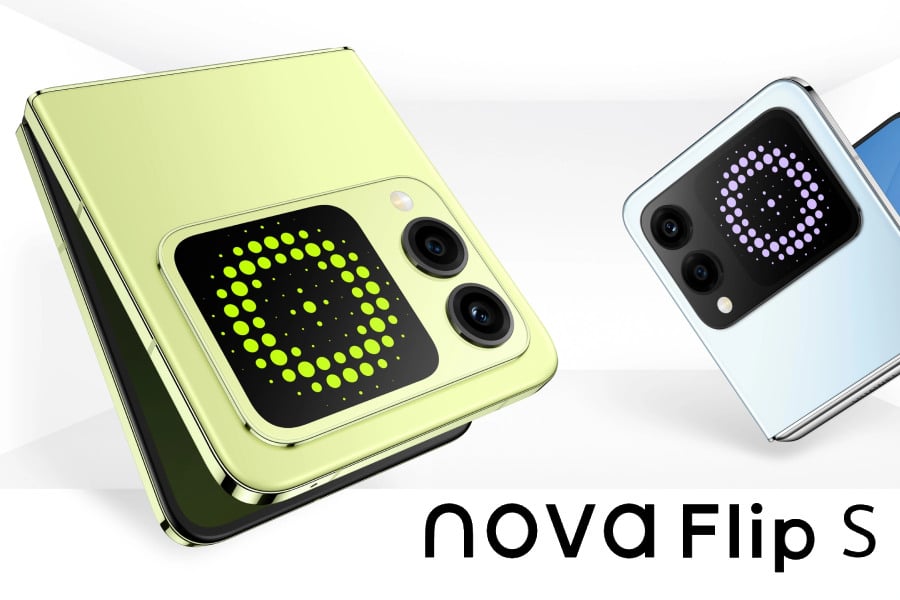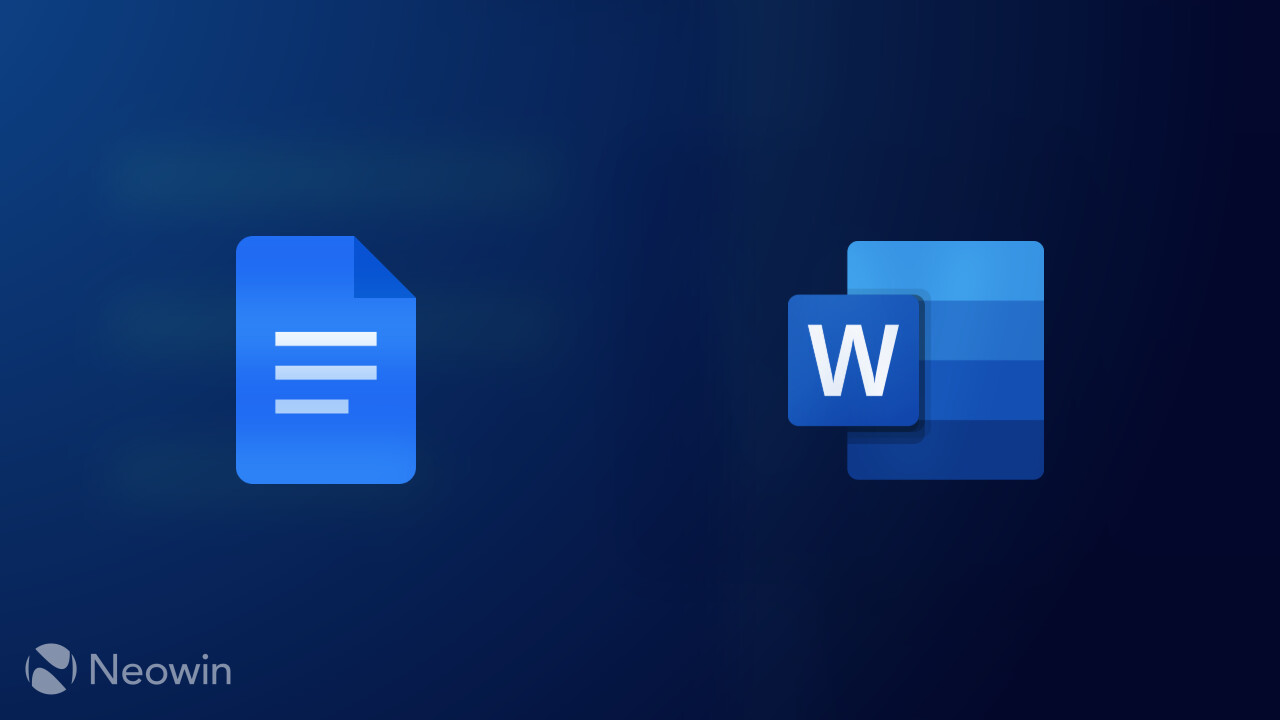Gemini, Google’s AI assistant, is quickly becoming far more than a chatbot. What started as a conversational tool is now embedded directly into Google Sheets, transforming how users build, analyze, and manage their data. With Gemini’s integration, Google is reimagining spreadsheets as dynamic workspaces where automation, analysis, and creativity converge — and not just for data experts.
Within Google Sheets, Gemini acts as a live assistant that can build spreadsheets from scratch, interpret large datasets, clean up disorganized information, and even connect insights across Gmail and Drive. For anyone used to manually setting up columns or formulas, Gemini’s natural language prompts make the process simpler. You can describe what you want — such as a monthly budget tracker or a social media calendar — and Gemini will automatically generate the layout, headers, and sample entries. It even adds details like dropdown menus or checkboxes for quick interactivity.
Gemini’s data analysis capabilities push Sheets beyond traditional spreadsheet work. You can ask it to identify top-performing regions in a sales report, visualize revenue trends, or create heat maps from product data. It handles these tasks in seconds, turning raw figures into meaningful insights without needing complex formulas or third-party tools. Clarity remains key — Gemini performs best when users specify sheet names, ranges, and defined tables, ensuring accurate and context-aware results.
The AI assistant also excels at one of the least enjoyable parts of spreadsheet work: data cleanup. Gemini can detect duplicates, correct inconsistent formatting, reformat date fields, or standardize decimal places across large tables. While it may require small prompt adjustments for precision, it significantly cuts down on tedious manual editing.
Beyond the spreadsheet itself, Gemini connects Sheets with the broader Google ecosystem. It can pull context directly from Gmail or Google Drive, such as extracting email subjects to build idea banks or compiling feedback from messages that mention specific issues. By bridging multiple data sources, Gemini minimizes the need to switch between tabs or apps — keeping focus and productivity intact.
In collaborative settings, Gemini becomes a built-in partner rather than a background feature. Through its side panel, users can ask follow-up questions, refine prompts, or export results directly to Google Docs. This workflow makes it easy to, for instance, generate a clear summary of a revenue chart or turn analysis results into report-ready language. Google has also introduced “Gems,” specialized AI helpers within Gemini that handle recurring tasks like editing text or writing formulas. Users can customize these Gems for specific business needs or communication styles.
Together, these capabilities turn Google Sheets into a much smarter workspace — one where AI handles structure and computation, allowing humans to focus on decisions and strategy. Whether you’re building a budget, tracking campaign performance, or cleaning a messy dataset, Gemini changes how spreadsheets feel: less like static grids of numbers, more like collaborative, context-aware assistants.
For Google, this evolution of Sheets also reinforces its long-term push to integrate AI into every corner of Workspace, competing directly with Microsoft’s Copilot across productivity tools. The difference is philosophical — while Copilot complements traditional office tasks, Gemini aims to rebuild them from the ground up through natural interaction.







